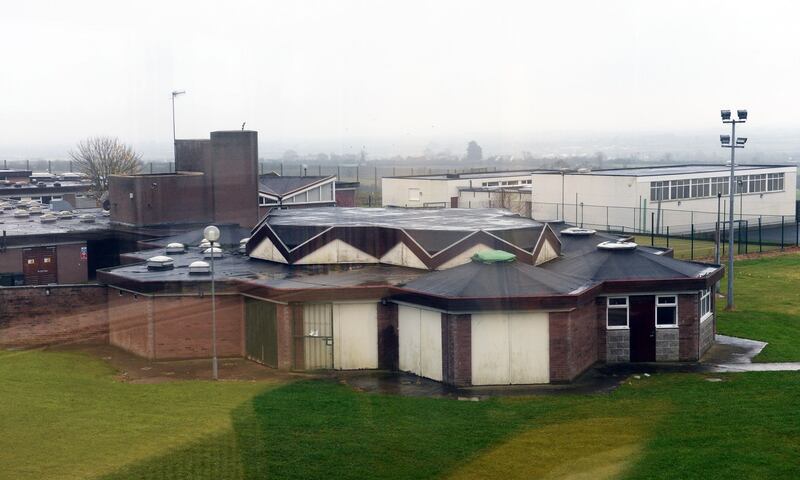The fact that almost half the beds provided for highly vulnerable children, who need to be held in special secure placements for their own protection and welfare, are not in use due to staffing problems will disturb many. The news that only 14 out of 26 beds are available has come to light in reports from the High Court published yesterday by the Child Care Law Reporting Project, which made 55 reports on child care proceedings available yesterday.
The children involved are among the most vulnerable in the State, often from extremely deprived and dysfunctional backgrounds, engaging in destructive and risky behaviour and prey to criminal elements both on the streets and on the internet. One child in need of a secure place threw himself into a river and had to be resuscitated; another, whose guardian ad litem said he “had never come across anyone as dangerous”, was found to be living in a hostel for the homeless. In both cases the guardians ad litem asked the courts to intervene, and a place was eventually found.
We have too many recent examples where children can be involved in serious crime
There is no doubt that working in such units can be difficult and may be dangerous. But this is also true of other areas of work, like both adult and youth prisons, yet staff are recruited and retained there. It may be that the qualifications required and the pay and supports offered to such staff need to be revisited. The Department of Public Expenditure and Reform should not be deaf to applications for special measures to ensure that the necessary resources are made available to provide the appropriate interventions for what are only a very small cohort of vulnerable children.

The individual reports show how some of these children, once given the security and structure of secure care, along with access to education in the special units, can turn their lives around and embark on a path out of what might otherwise be exploitation, self-destructive behaviour or involvement in serious crime. Unfortunately, we have too many recent examples where children can be involved in serious crime. It is important for the whole of society that the appropriate interventions are made in a timely way.










